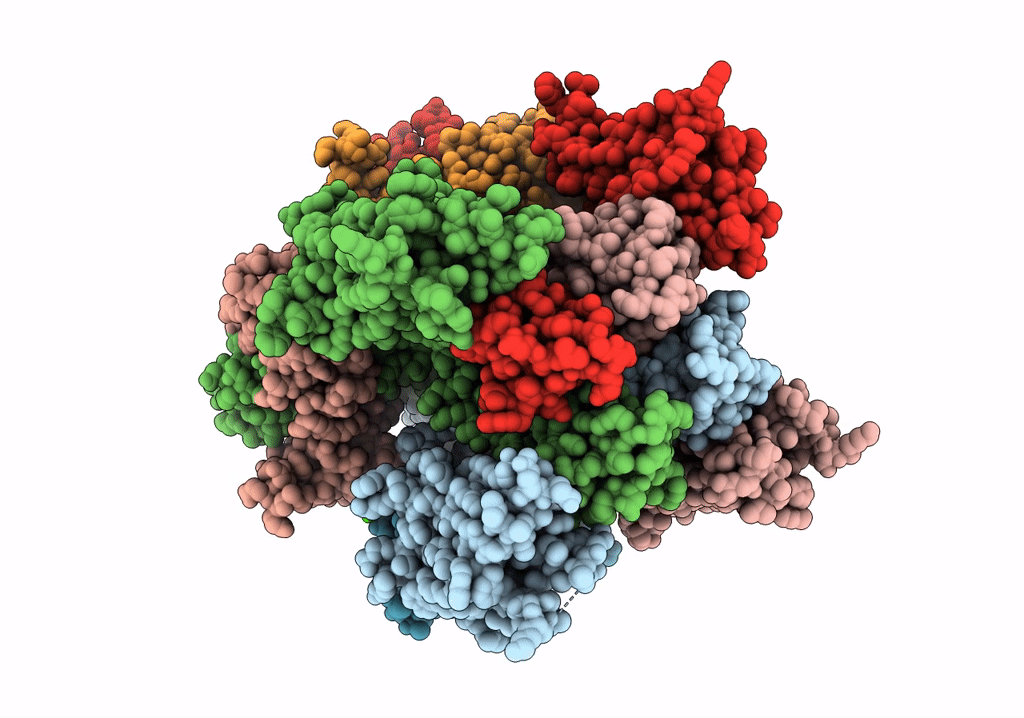
Deposition Date
2023-04-16
Release Date
2023-05-31
Last Version Date
2025-05-28
Method Details:
Experimental Method:
Resolution:
2.90 Å
Aggregation State:
PARTICLE
Reconstruction Method:
SINGLE PARTICLE


